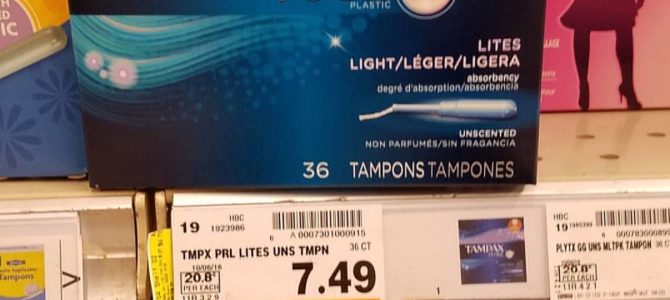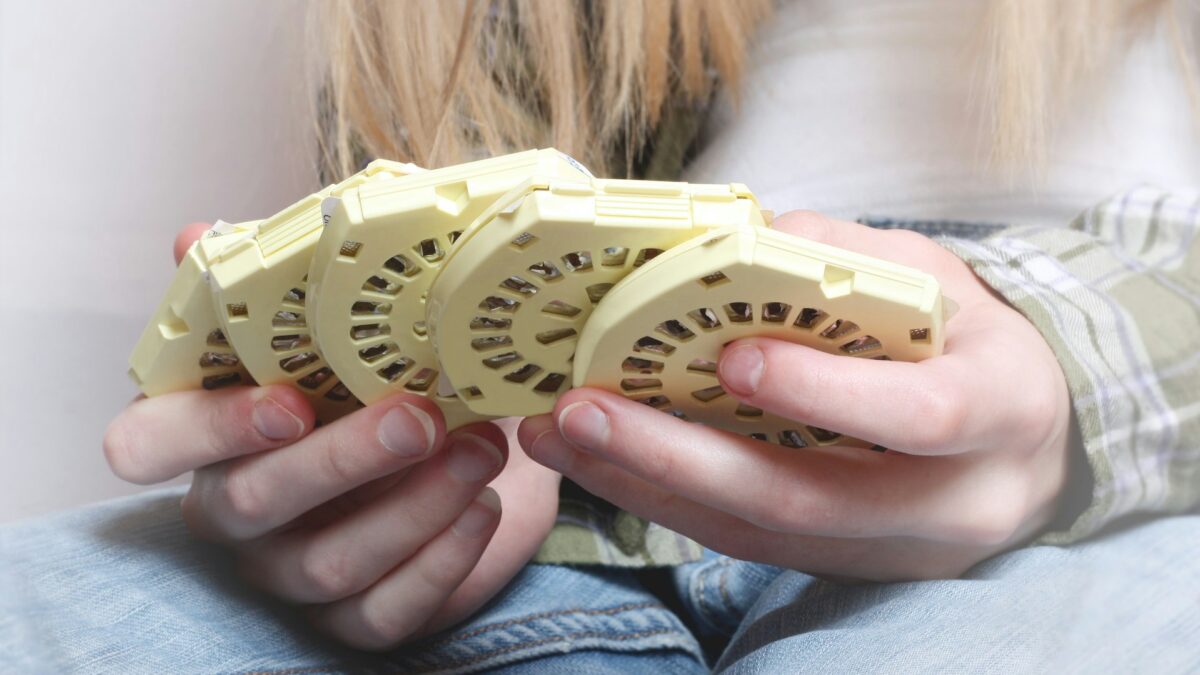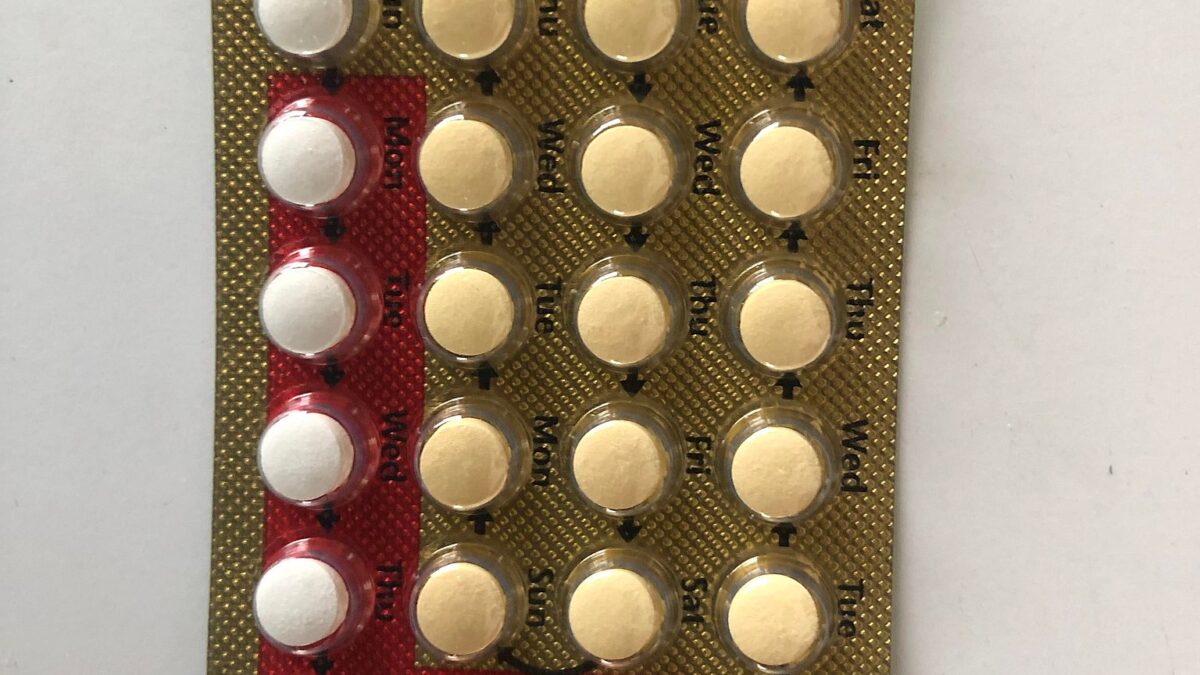
One of the strangest millennial feminist inventions is the concept of menstrual poverty in the United States. Writing for The New York Post, Allison Sadlier suggests that women have difficulty affording this type of personal care product, so taxpayers should provide it. I don’t believe real menstrual poverty exists in this country, and, frankly, to talk of it smacks of privilege.
Sadlier cites some odd poll results finding that 4 out of 5 American women consider menstrual poverty a “real problem”: “Results revealed the average woman surveyed spends $13.25 a month on menstrual products — that’s $6,360 in an average woman’s reproductive lifetime (ages 12-52).”
If that $13.25, as low as it is, seemed to defy common sense, it’s because it is, in fact, unbelievably high. That I checked, and I rounded the numbers. Walgreens prices Tampax at $9.99 for a pack of 36, buy one, get one 50 percent off. In other words, for under 15 bucks, or less than two hours working at minimum wage, an average American woman can purchase more than 50 name-brand tampons.
If she’s buying one box like this for each period, that woman is using 10-16 tampons a day, which is extremely heavy bleeding. And if that’s the average, tens of millions would be well above that number.
With bleeding like that, the cost of feminine care should be the last thing on the mind of that female. She should probably keep track of her bleeding, because if she soaks more than one pad in 15 minutes, she needs to rush to the ER.
The poll was commissioned by Intima, a maker of menstrual cups that tries to sell itself as a cheaper alternative to conventional feminine hygiene. Why such a survey would be picked up in the media is a whole other question.
Academic feminists have a theory that views menses not as an ordinary bodily function, but as a source of feminine empowerment. That’s why so many wide-eyed young things have been posting pictures of themselves mired in period blood.
A side benefit of such erratic behavior, is that once a young woman breaks the taboo of discussing vaginal bleeding publicly, her sense of self will be damaged, and individuals with damaged selves can be reshaped into canon fodder for political movements. Marrying the female trouble to economics via creating the menstrual poverty issue gives young women a seemingly legitimate reason to talk out loud about this very intimate matter.
If that is what we are doing, though, I’m game. I can direct you to real menstrual poverty. Imagine life without pads and tampons. In the Soviet Union, where I grew up, such products did not exist.
Soviet women had a rubber “belt” — panties, really — and wads of cotton. The belt was worn under her very Soviet lingerie, and refilled with cotton during each bathroom visit. Cotton is only marginally absorbent, so on a heavy day, Soviet women filled their bags with wads of cotton and headed out to work.
If cotton was not available — we are talking about the Soviet Union — any pad with some sort of capability to soak up liquid was utilized. Even with cotton, leaks were a common embarrassment. High school girls’ bathrooms were filled with murmurs about standing up and feeling the warm blood running down one’s leg.
Belorussian writer Maxim Mirovich, who blogs with a keen eye for anthropological detail about everyday life in the Soviet Union, reminds about a certain ritual of Soviet women: “When ‘critical days’ came, ladies walking together with girlfriends told them something along the lines ‘I’m going to get a few steps ahead, and you tell me if everything is OK.’”
Disposing of this cotton was also a challenge. It came in wads, so it wasn’t wrapped in handy plastic bags. Disposable plastic bags of any kind weren’t readily available. And, if you need to imagine another indignity, Soviet public bathrooms didn’t usually have garbage cans in every stall.
Oh, hey, how about swimming on your light day?
This rubber-cotton contraption was the Kalashnikov of feminine care, very mid-market considering every device available to women throughout history. It ostensibly does the job, and is easy to manufacture. We didn’t have Saran Wrap in the USSR, otherwise it would have been used for this by resourceful Soviet women.
A dear friend of mine who was born and raised in Communist Poland remembers standing in line with her mom to buy the wads of cotton, and not understanding what was so important about it that they needed to wait for two hours.
Her mother explained that the cotton would be used under the Christmas tree to imitate snow. Naturally, tree skirts hadn’t made their way behind the Iron Curtain yet. My friend also recalls that while they were standing in that line to buy cotton, West German tourists on the other side of the street were laughing and taking pictures of them.
Once capitalism came to Eastern Bloc in the 1990s, women immediately switched to Western feminine hygiene products. In the decades that passed, these products only improved, becoming lighter and more absorbent. They are cheap, handy, easy to use, and easy to dispose.
Western women enjoy such convenience, many have difficulty imagining that in socialist countries women spent considerable amount of time and energy avoiding period shame. That was real period poverty.
Feminine hygiene products are just one example of how markets deliver for women. We pay pennies for state of the art products that we can chose from a great variety of offerings at any pharmacy or supermarket. I don’t want the government subsidizing it — not for me, not for anyone. In fact, I want the government as far away from that market as possible, and far away from private life in general.
For the few among us who truly cannot afford feminine hygiene supplies, a free market also creates so much excess wealth that Americans donate a higher percentage of their incomes than do people in every other country. Private local charities abound in just about every locale and for every need, including this one.









